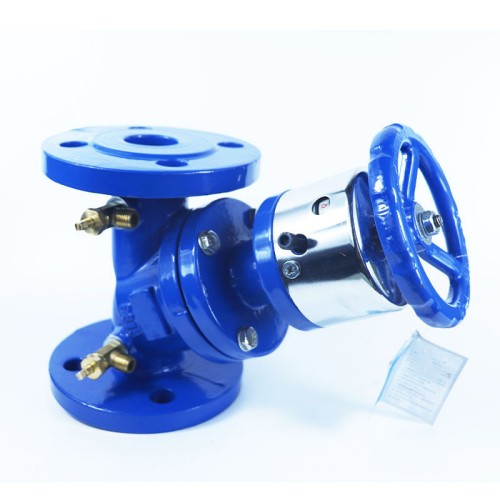3-inch Gate Valve Specifications and Applications for Reliable Fluid Control Systems
Understanding the 3-Inch Gate Valve A Comprehensive Overview
Gate valves are essential components in many industrial and municipal applications, serving as key instruments for controlling the flow of fluids in pipelines. One specific type that is widely used is the 3-inch gate valve, known for its durability and effectiveness in handling high-pressure environments. This article aims to provide a comprehensive overview of the 3-inch gate valve, including its design, working principle, applications, and advantages.
Design and Construction
A 3-inch gate valve typically consists of several key parts the body, bonnet, gate, stem, and actuator. The valve body is generally made from robust materials such as brass, stainless steel, or cast iron, ensuring longevity and resistance against corrosion. The gate within the valve pivots on a hinge, allowing it to lift or lower to either block or allow fluid flow.
The size designation 3-inch refers to the nominal diameter of the valve, indicating that it is designed to fit onto pipes with a similar diameter. This standardized size facilitates ease of installation and replacement in existing piping systems.
Working Principle
The operation of a gate valve is straightforward. When the actuator (which can be a handwheel or an automated controller) is turned, the stem moves the gate up or down through the valve body. In its fully open position, the gate is completely removed from the flow path, offering minimal resistance and allowing for maximum fluid flow. Conversely, when the valve is fully closed, the gate seals against the seat, providing a tight shutoff against leaks.
It is important to note that gate valves are generally not suitable for throttling applications as they are designed for either full open or closed states. Using them in a partially open position can lead to erosion or wear over time.
3in gate valve

Applications
3-inch gate valves are utilized in various industries, including water treatment facilities, oil and gas distribution, chemical processing, and HVAC systems. They are particularly favored in applications where the need for a reliable shut-off is crucial, and where the fluid medium can be either liquid or gas.
In water distribution, for instance, these valves are deployed to control the flow of water in pipelines, ensuring safe and effective operation of municipal water systems. Similarly, in the oil and gas sector, they are essential for isolating sections of pipelines during maintenance or emergencies.
Advantages
The 3-inch gate valve offers several advantages, making it a preferred choice for many applications. Its design minimizes pressure loss and flow turbulence when fully open, making it energy efficient. Additionally, gate valves are known for their compact design and simple operation, which requires minimal maintenance over time.
Moreover, the robust materials used in their manufacturing ensure a long service life, reducing the frequency of replacements and associated costs.
Conclusion
In summary, the 3-inch gate valve is a crucial device in fluid control systems. Its straightforward design, efficient operation, and versatile applications make it an indispensable component across various industries. Understanding its mechanics and benefits can help in making informed decisions when selecting the appropriate valve for specific operational needs.
-
The Key to Fluid Control: Exploring the Advantages of Ball Valves in Industrial SystemsNewsJul.09,2025
-
The Versatile World of 1, 2, and 3 Piece Ball ValvesNewsJul.09,2025
-
Stainless Steel Ball Valves: The Ideal Choice for Efficient Flow ControlNewsJul.09,2025
-
Optimizing Fluid Control with Ball Float ValvesNewsJul.09,2025
-
Manual Gate Valves: Essential for Control and EfficiencyNewsJul.09,2025
-
Everything You Need to Know About Butterfly ValvesNewsJul.09,2025
-
The Versatility of Wafer Type Butterfly ValvesNewsJul.08,2025




